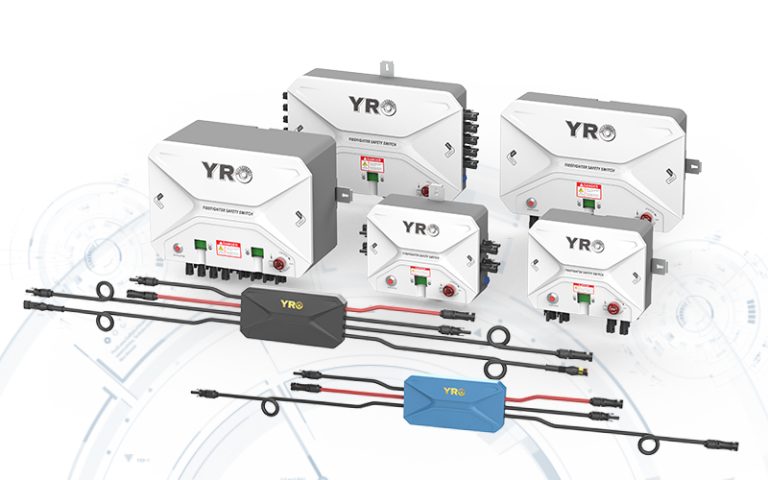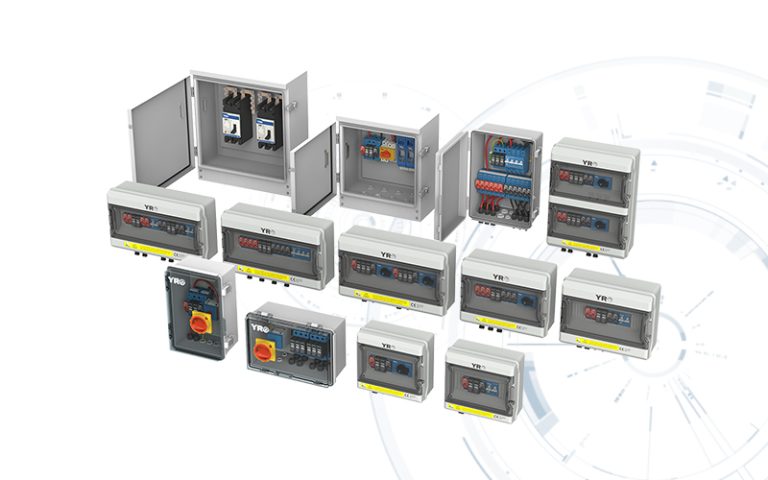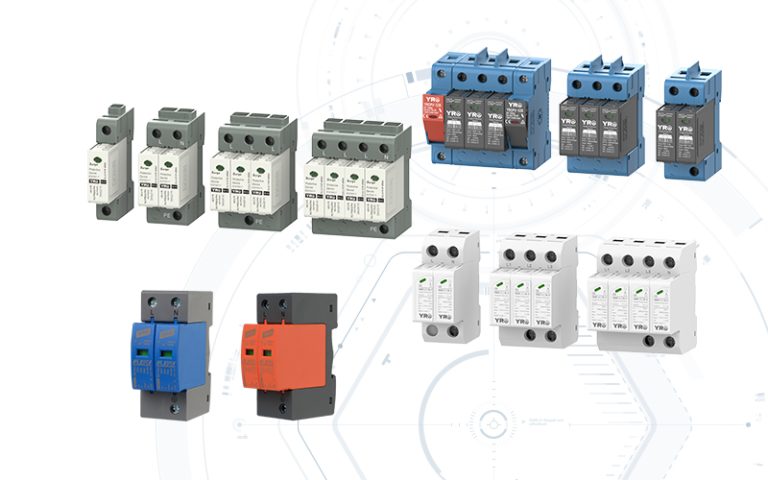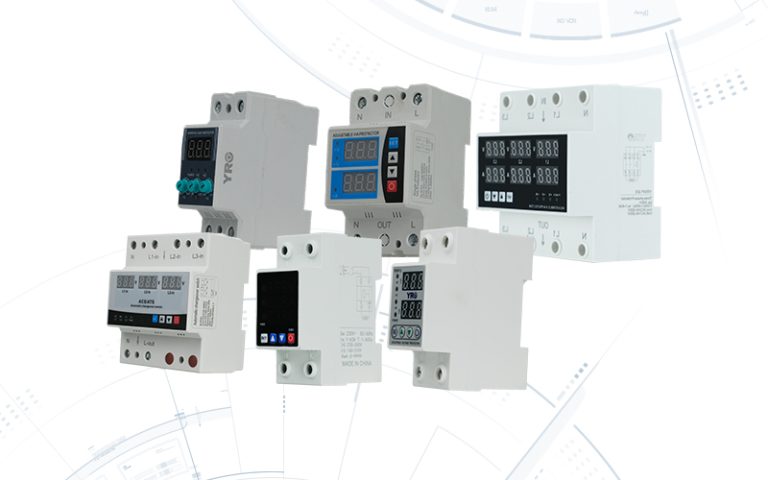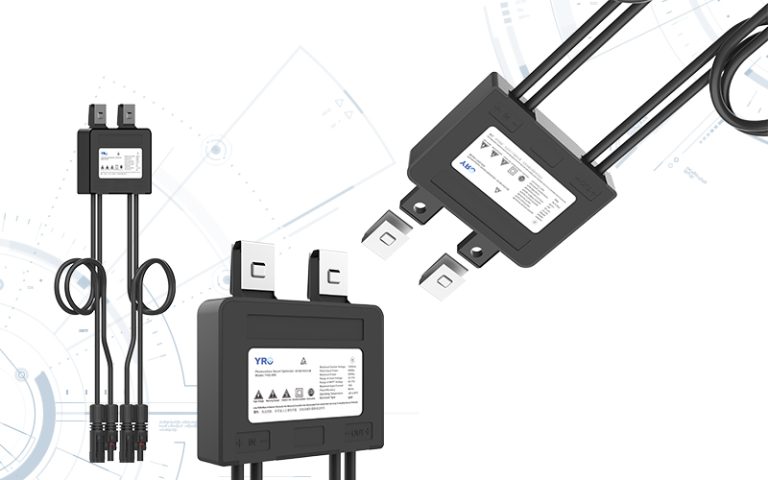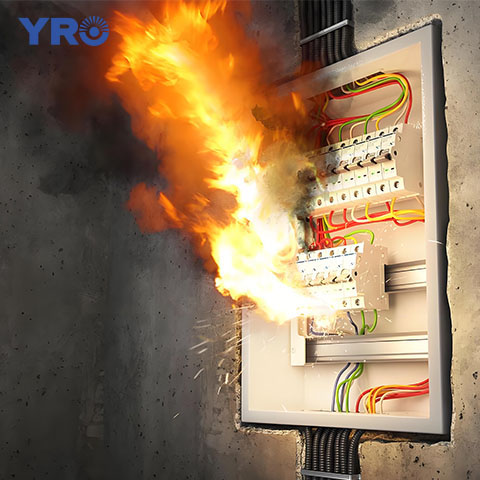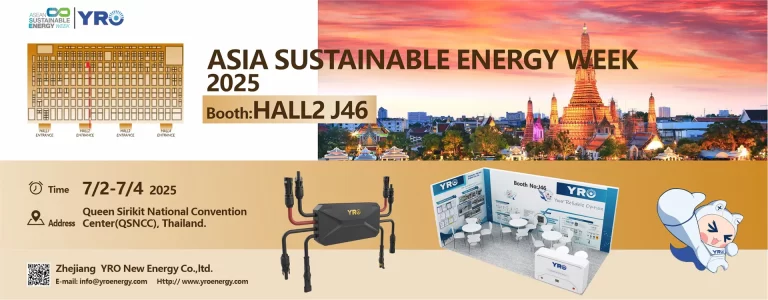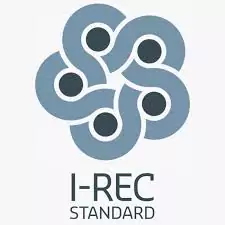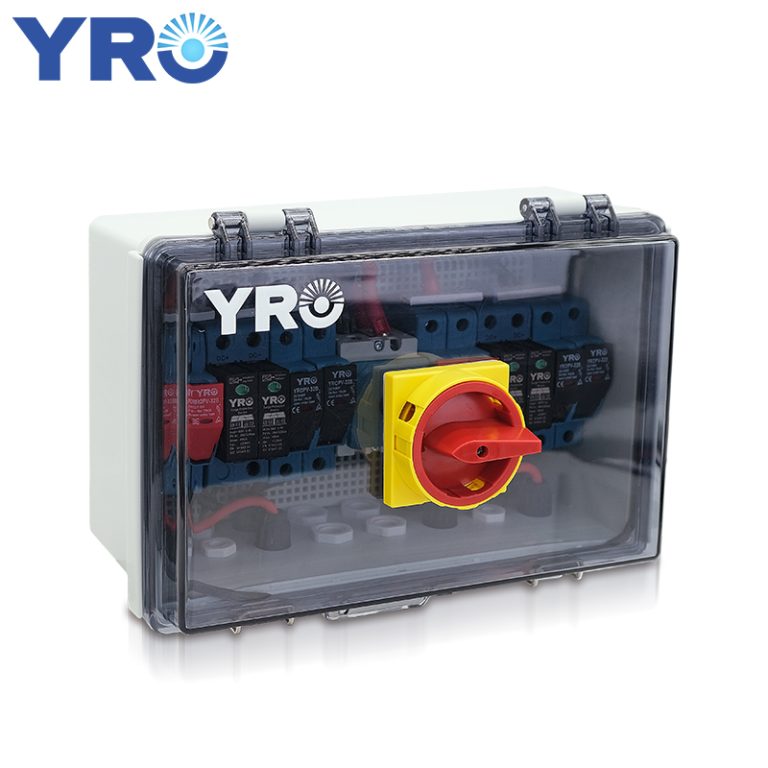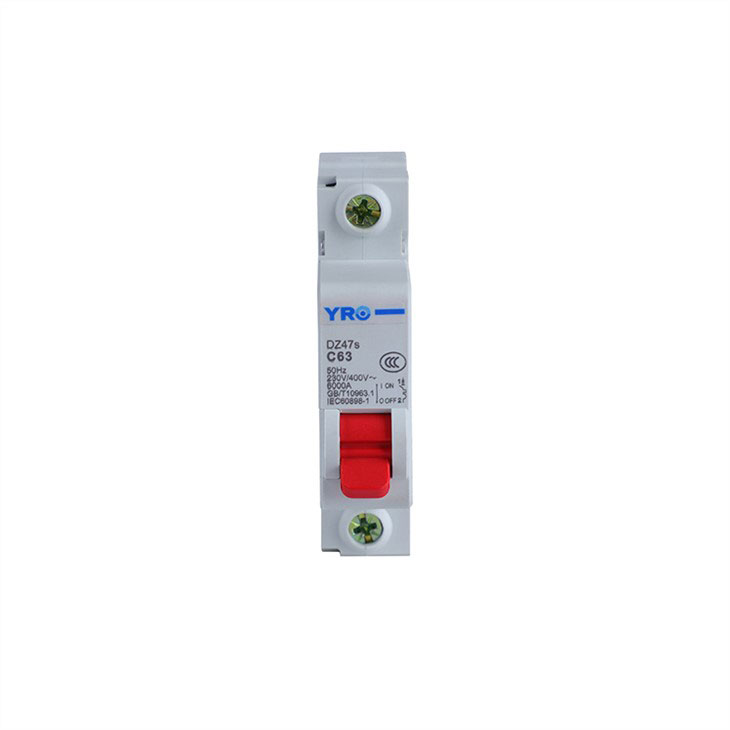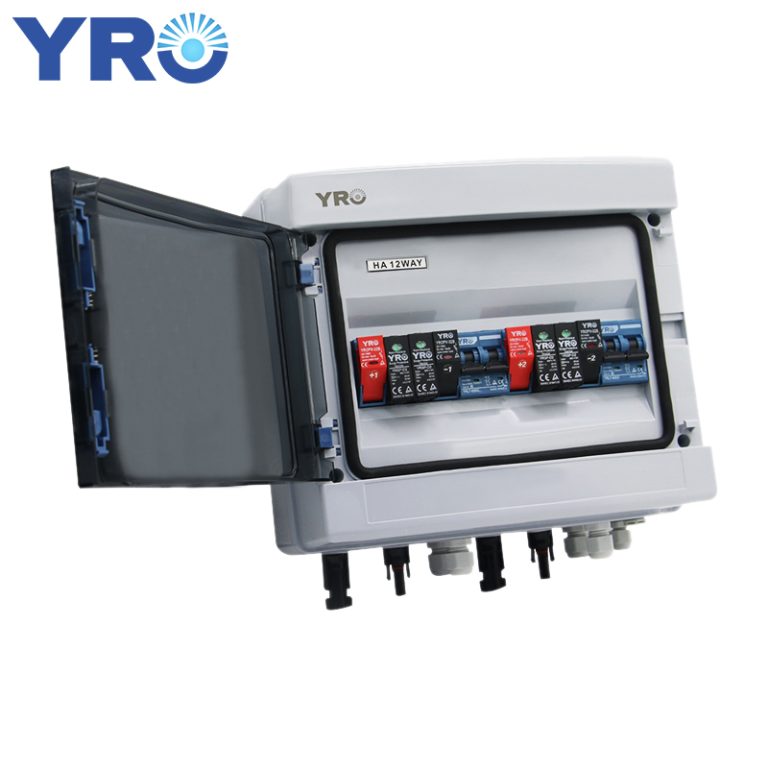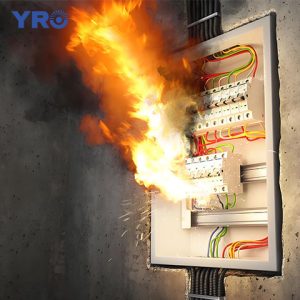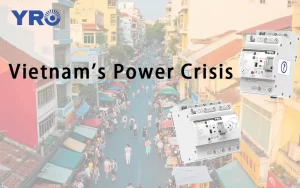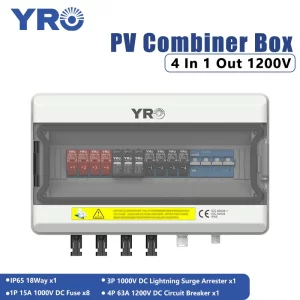In electrical and solar power systems, PV combiner boxes and junction boxes are common terms. Each component plays a crucial role in ensuring the efficiency and safety of electrical installations.
Ⅰ. What is a PV AC Combiner Box?
A PV AC Combiner Box is an electrical device primarily used in solar photovoltaic (PV) systems and other electrical systems that require the consolidation of multiple AC power sources. Its main function is to combine the output circuits of multiple inverters into a single AC output while protecting the inverters from hazards originating from the AC grid side or loads. It serves as a disconnection point for the inverter output, enhancing system safety and protecting maintenance personnel.
Ⅱ. What is the Difference Between PV AC and PV DC Combiner Boxes?
Both PV AC and PV DC combiner boxes play significant roles in photovoltaic power generation systems, but they have some key differences.
1、Usage Scenarios
– PV AC Combiner Boxes: Typically used in power transmission systems and substations, suitable for shunting, combining, and transferring high-voltage AC power.
– PV DC Combiner Boxes: Mainly used in high-voltage DC transmission systems and special equipment, such as AC-DC conversion devices and arc furnaces.
2、Operating Principles
– PV AC Combiner Boxes: Usually use contactors to connect and switch between multiple lines.
– PV DC Combiner Boxes: Often use thyristors to achieve circuit switching.
3、Current Direction
– PV AC Combiner Boxes: Reversible, allowing current to switch directions between input and output lines.
– PV DC Combiner Boxes: Unidirectional, unable to change the direction of the current.
4、Operating Voltage and Frequency
– PV AC Combiner Boxes: Used in AC power systems where the voltage, after being stepped up by transformers at substations, is typically at high voltage levels like 110kV, 220kV, 330kV, etc., with a frequency of 50Hz or 60Hz.
– PV DC Combiner Boxes: Used in DC power systems with lower voltage levels, such as ±500kV high-voltage DC transmission systems, with no frequency issues.
5、Application and Maintenance
– PV AC Combiner Boxes: Consider voltage fluctuations and frequency changes. Maintenance focuses on the wear of contactors and the condition of electrical components.
– PV DC Combiner Boxes: Focus on voltage stability and safety. Maintenance may involve checking the performance and condition of thyristors and other components.
Ⅲ. Are PV Combiner Boxes and Junction Boxes the Same?
PV combiner boxes and junction boxes serve similar but not identical roles in power systems. A PV combiner box’s main function is to consolidate the output current of multiple solar panels and provide a primary power output, primarily used in solar PV systems. A junction box, on the other hand, is used in various applications within electrical systems, providing connection points for cables or wires to facilitate connections between electrical devices.
Example of a PV Combiner Box:
Suppose your solar PV system includes 10 solar panels, each outputting a current of 10 Amps (A), for a total output of 100A. To effectively gather and transmit this current to the inverter, you would install a PV combiner box. Usually mounted near the solar panel array or on the mounting system, its main functions include:
– Current Collection and Distribution: Equipped with multiple input terminals, each connecting to one or more solar panels. It gathers the DC current generated by the panels and transmits it to the inverter via the main output terminal.
– Protection and Monitoring: Typically equipped with current protectors (such as fuses or current breakers), current monitoring devices (like current sensors or meters), and potentially lightning arrestors or grounding devices. These components ensure the system can operate safely under abnormal conditions, such as current overload or short circuit.
– Environmental Adaptability: Designed for outdoor conditions, often featuring waterproof, weather-resistant, and dust-proof characteristics for long-term stable operation.
Example of a Junction Box:
In a household electrical system, a junction box might be used as follows:
– Household Circuit Connections: Electrical systems in homes need to connect various wires and cables, such as from the power box to room lights, outlets, and appliances. A junction box provides a safe and organized way to manage these connections.
– Installing Fixtures and Outlets: When installing new fixtures or outlets, electricians may use a junction box to connect room wires to the new device, ensuring secure connections and necessary electrical safety.
– Electrical Maintenance and Repairs: During electrical maintenance or repairs, a junction box allows electricians to quickly access and inspect circuit connections, effectively diagnosing and resolving issues.
Hence, while both PV combiner boxes and junction boxes involve power connections and protection, PV combiner boxes focus more on solar system panel current consolidation and protection, whereas junction boxes are broadly used for various wire connections and protection in electrical systems.
YRO PV combiner boxes are made of flame-retardant materials, high-quality iron, and stainless steel, offering exceptional durability and reliability. With a stylish appearance and easy installation, they provide a protection rating of IP65 or higher, ensuring excellent waterproof and lightning protection for your equipment. Internal components can be customized according to your specific needs to meet the special requirements of different application scenarios.
YRO has also developed solar PV combiner boxes. As an expert in new energy, YRO will continue to focus on this field, providing safer and more effective solutions. YRO will increase R&D investment, nurture talent, and establish partnerships to drive technological advancements and contribute to global energy transformation. Additionally, YRO will offer high-quality products and services to help customers reduce energy costs, improve efficiency, and establish a strong brand image.

